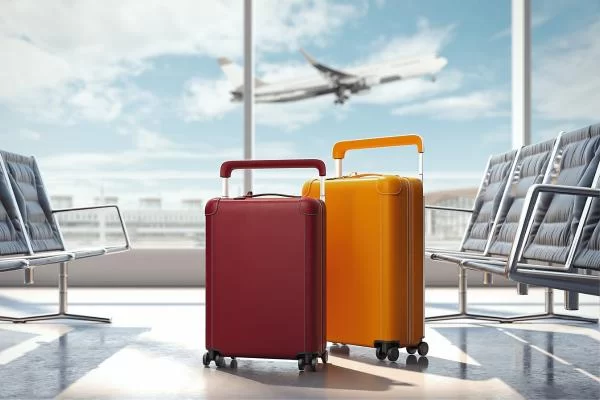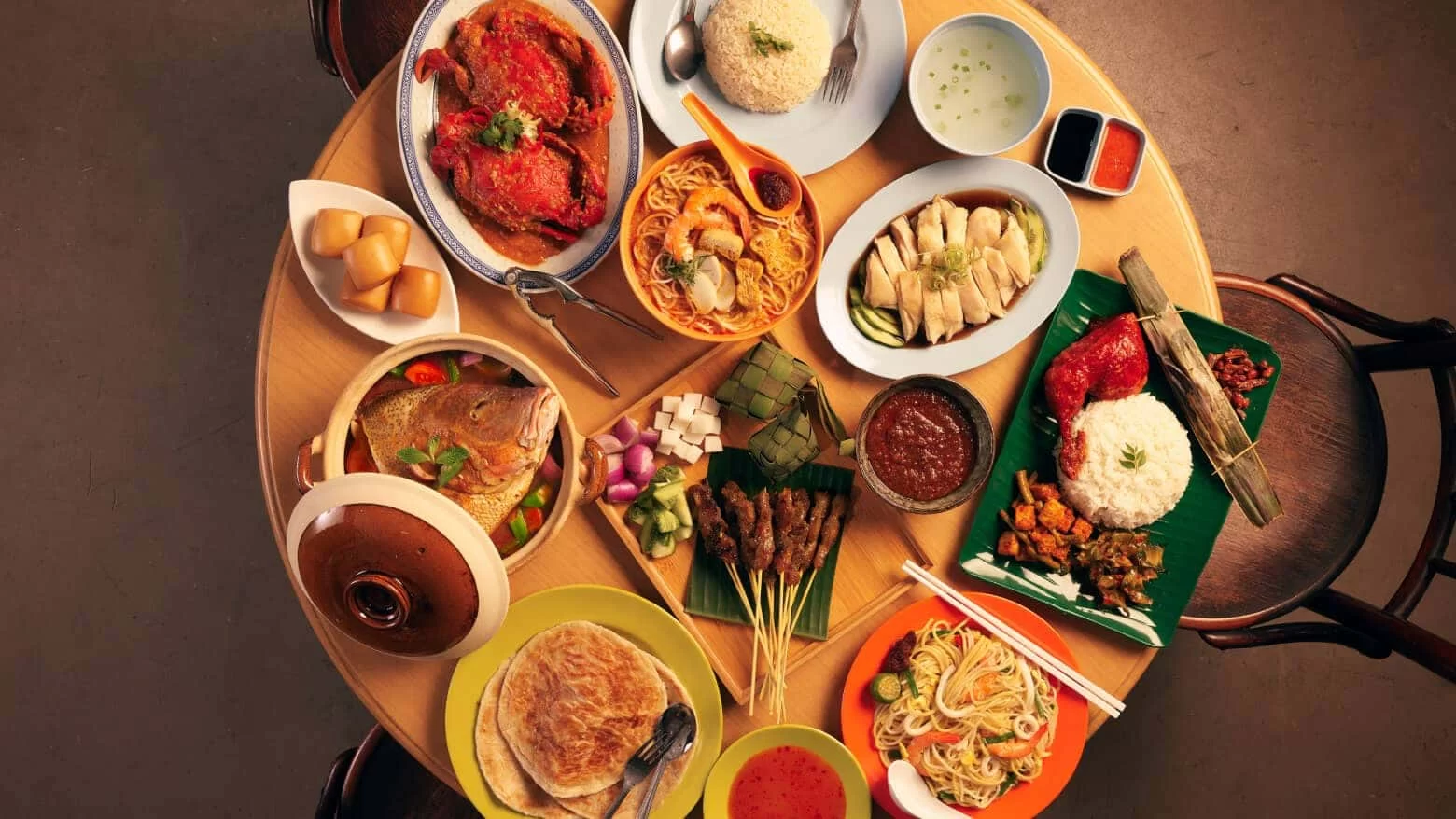Essential Travel Tips for First-Time Travelers to Thailand
Posted on: January 01, 2025
When to Go to Thailand
Ask a local and they'll tell you that the best time to visit Thailand is during the "winter" from November to February. The weather is dry, and temperatures are manageable. However, with warm weather throughout the year, there's hardly a bad time to visit. During the northern hemisphere winter, post-monsoon winds reduce humidity and lower temperatures a bit, with daytime highs mostly below 30°C (86°F). It might seem strange to seek colder months for a holiday, but in the steamy tropics, it makes travel more pleasant. Winter coincides with the Christmas and New Year holidays, so expect crowded beaches, bars, and buses. Book accommodation and transport in advance at this time. The "summer" from March to June is mostly dry in the north but can be uncomfortably humid and hot, with temperatures reaching 40°C (104°F) in April. Songkran, the three-day New Year celebration marked by a nationwide water fight, takes place in mid- to late-April. The rainy monsoon season usually starts in late June and lasts until October, but it doesn't rain every day. Towards the end of the wet season, there can be weeklong stretches of dry, overcast weather. Temperatures remain warm, but beware of rough seas and ferry cancellations if visiting the islands. Also, be aware of the "smokey season" from January to March, when smog from slash-and-burn agriculture can affect views and lungs. Bring a facemask!
How Much Time to Spend in Thailand
It's easy to feel overwhelmed on your first visit to Thailand. Many travelers try to cram too many experiences into their itinerary, resulting in a less relaxing and enjoyable trip. A key piece of advice for first-timers is not to be too ambitious and give yourself enough time to explore. Seven to ten days is a sensible minimum. If you have less time, focus on a hub like Bangkok, Krabi, Chiang Mai, or Phuket and enjoy the local food and culture. Decide what you want to experience in Thailand and plan your trip accordingly. If you aim to relax on the beach, concentrate on southern hubs and islands. For cultural encounters, focus on the historic cities of central and northern Thailand. For hiking and wildlife, head to the far north or visit key reserves like Khao Sok and Khao Yai National Parks. Your choice of transportation can also affect how much you can fit in. Domestic flights make it easier to cover both north and south but come with a carbon cost. Buses and trains take longer but overnight services can save time and money on accommodation. Many nationalities get a 60-day stay on arrival, which is sufficient for adventurous activities like hiking around Chiang Rai.
Do I Need a Visa to Visit Thailand?
Thailand allows tourists from 93 countries to enter without a visa in advance. Most receive a 60-day stamp on arrival, which is ample for most vacationers. Those seeking a longer stay often leave Thailand and travel overland to neighboring countries like Malaysia, Cambodia, or Laos, then return to obtain a new Thai entry stamp. This is a handy option if you plan a longer trip through Southeast Asia with Thailand as the starting and ending point. The country's main international airports are Bangkok's Suvarnabhumi and Don Mueang airports, and Phuket Airport. Regional airports in Chiang Mai, Chiang Rai, Udon Thani, U-Tapao, Krabi, Surat Thani, Hat Yai, and Ko Samui also handle some international flights.
Is It Easy to Get Around in Thailand?
Getting around Thailand is straightforward thanks to efficient public transport and a well-established tourist transfer network. The 12GoAsia website is useful for planning travel outside Bangkok. Thailand's railway network is a bit outdated but still useful for long trips. Private and government-run coaches are widespread, but booking can be challenging. Low-cost internal flights connect cities, but consider the emissions. In towns and cities, taxis, tuk-tuks, local buses, and songthaew are readily available. Islands can be reached by plane, ferry, or chartered boat. In Bangkok, the BTS and MRT systems facilitate exploration, and the Grab app is popular for navigation.
The Best Things to Do in Thailand
Thailand can be divided into four regions. The South offers islands and beaches. The North has mountains and tribal villages. The Northeast is known for food and culture, and the Central Plains feature big cities and nature reserves. Bangkok is the heart of Thailand, with temples, shopping, markets, and nightlife. It can be overwhelming for first-timers. Explore Ratanakosin Island, Khao San Road, Siam Square, and Chinatown. Don't miss the Chatuchak Weekend Market. Beyond Bangkok, the Central Plains have ancient ruins like Ayutthaya and Sukhothai. Chiang Mai in the North is a hub for adventure with tribal villages and nearby Pai. Explore the mountains of Nan, Chiang Rai, and Mae Hong Son. Northeast Thailand has rice paddies and less-visited attractions. The Southern Islands have spectacular beaches and activities. For biking enthusiasts, Northern Thailand has great routes like the Mae Hong Son Loop and the trip to Doi Inthanon.
How Much Money Do I Need for Thailand?
Costs in Thailand vary widely. Public transport is inexpensive, but coffee or beer can cost as much as a street food dinner. Beach resorts range from affordable to expensive. Thailand is no longer as cheap as before, but budget backpacker hostels are available. To save money, enjoy street food and look for local homestays. Average costs include hostel rooms from 300–600B, basic hotel rooms from 600–1500B, luxury beach villas from 3000–30,000B, interprovincial bus and train tickets from 200B, a bowl of street food noodles for 60B, a Thai restaurant meal for two from 1200B, a bottle of local beer in a bar around 120B, a fresh cup of coffee from 120B, and a liter of petrol at 45B.
Is Thailand Safe for Tourists?
Thailand is one of the safest countries in Southeast Asia for travelers, but there is some petty crime. Road safety can be an issue, so be cautious, especially on scooters or motorcycles. Monitor local media for political unrest reports. Avoid the southern provinces due to an ongoing insurgency. Scams are more of a nuisance than a danger, and the sex industry is visible but avoidable. Most Thai street food is safe, but use judgment on pre-cooked food. Food poisoning is rare, but new arrivals might have stomach upsets. Thai people are generally tolerant but avoid behavior disrespectful to Buddhism or the monarchy. Don't show disrespect towards the Buddha or the royal family, touch people's heads, point with feet, step over people, or put feet on chairs. Also, avoid public nudity, going topless (except at the pool or sea), shouting, and public displays of affection.
What Should I Know About Thai Culture Before I Visit?
Thailand has a strong cultural identity. Thai people are accommodating to foreign tourists, but it's crucial to avoid actions that could be seen as insulting to Buddhism or the monarchy, which are punishable by law. Never show disrespect to images of the Buddha or the Thai royal family. Also, avoid touching people's heads, pointing with your feet, stepping over people, or putting your feet up on a chair. Public nudity, going topless (except by the pool or sea), shouting, and public displays of affection are also inappropriate.
How Can I Stay Connected in Thailand?
Reliable wi-fi and 4G/5G networks cover almost the entire country. Free wi-fi is available in many places, and SIM cards can be bought cheaply with a passport. Cheap mobile internet packages keep you connected everywhere.
Is Cannabis Legal in Thailand?
Cannabis was decriminalized for recreational use in 2022, but the government is reviewing this, so it might change. E-cigarettes are illegal, and smoking is banned in many public places. Thailand has a strict stance against other drugs, with severe penalties for possession and smuggling.
Thailand is a captivating destination for first-time travelers. With its rich culture, beautiful landscapes, and warm hospitality, it offers countless opportunities for adventure and exploration. By considering these essential travel tips, you'll be well-prepared to make the most of your journey and create memories that will last a lifetime.
<< BackMore




